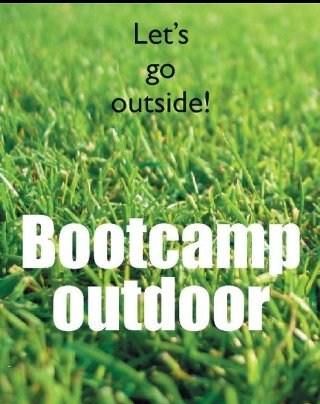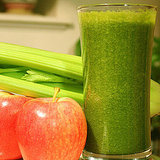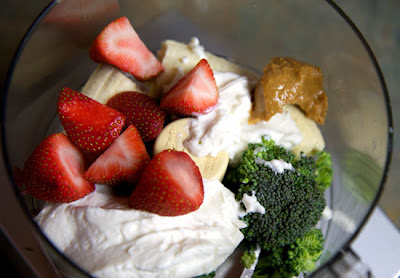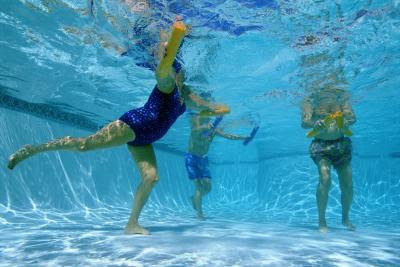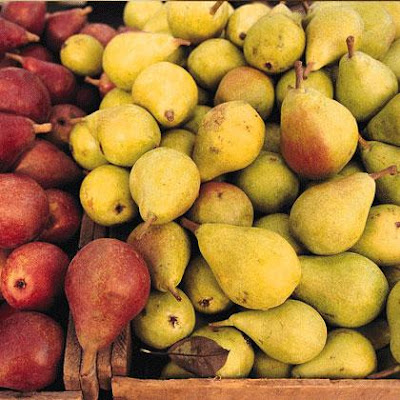Ever think of your bones in terms of architecture? Well, health
professionals do — bone is a living tissue that is constantly breaking
down and rebuilding. Diseases that change bone architecture, such as osteoporosis, spell trouble.
“In osteoporosis, more bone gets broken down than built up,”“Osteoporosis is a major health concern. Half of all women and one-quarter of all men over age 50 will have a fracture caused by osteoporosis in their lifetime.”
Fortunately, exercise done properly can help to rebuild bone and reduce the likelihood of fractur.Here are her recommendations for people with osteoporosis who have not had a fracture:
“Yoga and Pilates are helpful for stretching and lengthening but include many flexion-based (forward-bending) moves.” If you are interested, she advises being careful and working with knowledgeable yoga and Pilates instructors.
Fortunately, everyone with osteoporosis can develop a safe, effective personal exercise program — even if they have had a fracture, she says. Ask your doctor whether a referral to a physical therapist might be worthwhile.
Proper strengthening of your lower abdominal and back muscles will help attain the optimal spinal position.
“In osteoporosis, more bone gets broken down than built up,”“Osteoporosis is a major health concern. Half of all women and one-quarter of all men over age 50 will have a fracture caused by osteoporosis in their lifetime.”
Fortunately, exercise done properly can help to rebuild bone and reduce the likelihood of fractur.Here are her recommendations for people with osteoporosis who have not had a fracture:
Cardiovascular conditioning
Cardiovascular workouts should involve bearing weight. “So walking, jogging and dancing are preferable to swimming or biking,” she says. It’s also important to dial up your exercise intensity.- To see improvements in bone density, heighten the intensity of your normal walking pace. “Increasing your pace for short intervals or going up and down hills will place appropriate forces on your bones,” she notes.
- Alternating higher-intensity exercises two to three days a week with lower-intensity activities four to five days a week is most effective.
Strengthening exercises
Work with free weights, use weight machines at the gym or do floor exercises to gain strength. “Recent studies have confirmed that it’s important to lift enough weight to stimulate bone growth,” “Therefore, you will need to do fewer reps with heavier weights.”- Most of us don’t lift as much weight as we could. To determine how much weight you should be lifting, search for a “1-Rep Max” calculator available on many websites. Then aim for 70 to 80 percent of your 1 Rep Max.
- Remember that exercise is site-specific. So target the areas most prone to fracture: spine, hips and wrists.
- Weight training is recommended two to three times a week.
- Strengthen your spinal extensor muscles, which lie over the spine,
to improve posture and reduce fracture risk by doing the following
exercise daily:

- Stomp your feet to increase bone density in your hips. Do four stomps on each foot twice a day using enough pressure to crush a can.
Stretching
Lengthening tight muscles will reduce back pain, and promote good spinal mechanics and posture. Muscles that are commonly tight include those you use to arch your back (spinal extensors); raise and rotate your shoulders (shoulder elevators and external rotators); lift your knees (hip flexors); and pull your feet toward your body (ankle dorsiflexors).- Perform stretches slowly and smoothly, “to a point of stretch, not pain,”
- For maximum benefit, do stretches once or twice a day.
Yoga, Pilates: Helpful or not?
You may have wondered if yoga or Pilates (core-strengthening) classes would be safe to do if you’ve got osteoporosis.“Yoga and Pilates are helpful for stretching and lengthening but include many flexion-based (forward-bending) moves.” If you are interested, she advises being careful and working with knowledgeable yoga and Pilates instructors.
Fortunately, everyone with osteoporosis can develop a safe, effective personal exercise program — even if they have had a fracture, she says. Ask your doctor whether a referral to a physical therapist might be worthwhile.
What to avoid
Exercises that keep the spine in a straight or slightly arched position are generally safer than exercises that involve bending forward. That’s because most spine fractures occur in a position of forward bending, If you have already had an osteoporotic fracture, avoid exercises that involve forward bending or rotating the trunk.Proper strengthening of your lower abdominal and back muscles will help attain the optimal spinal position.





